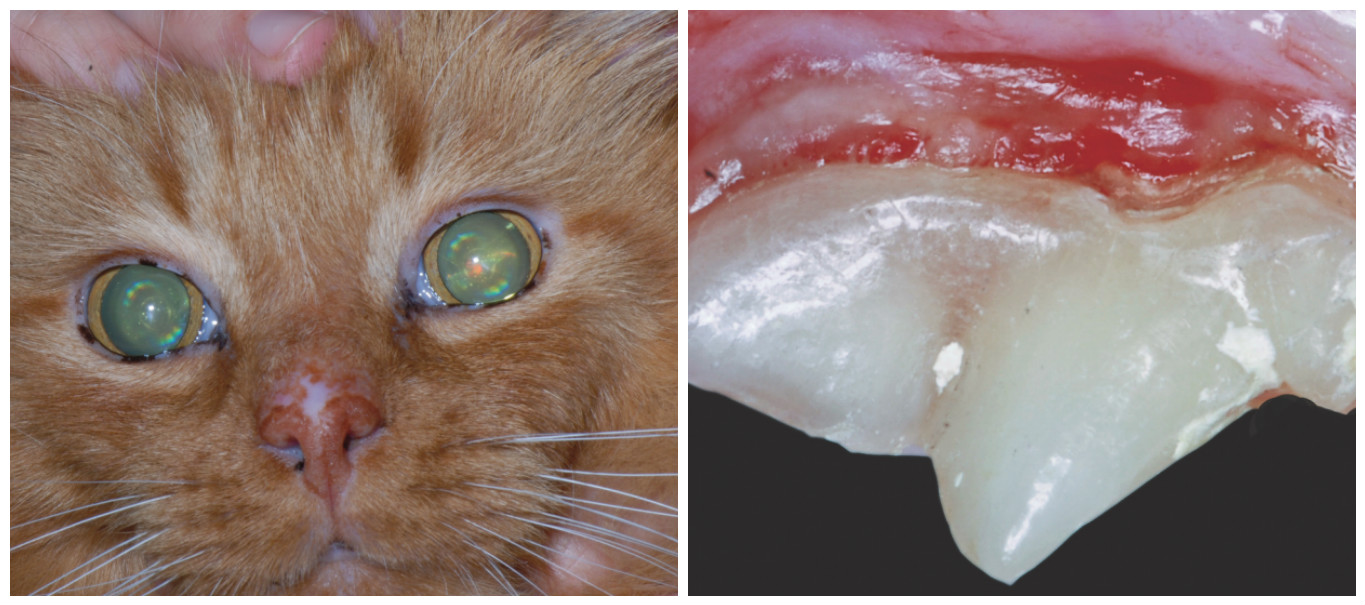
Factors that influence life span. The study showed that neutered male cats live twice as long as intact males while female ones which were spayed live 62 longer than intact males.
It is not so much old age but more typically the complications associated with failing organ systems that kill a cat.
Average age of domestic cat. The study which looked at the deaths of 4009 randomly-selected deceased cats in 2015 found that crossbreed cats had an average life expectancy of 14 while purebred cats had a lifespan of 125 years. However this is only an average age some cats can live past 20. A domestic cats life expectancy can be influenced by several factors including.
While dependent on many things including luck some domestic cats can live to up to 20 years old. During their life they will go through six key life stages which may help owners understand certain healthbehavioural problems that could arise and things to keep an eye on. Looking at this list you may be wondering why the average lifespan of domestic cats is 15-16 years where they can all live up to about 20 years.
Based on a survey of 10 reputable sites that discuss the average domestic cat the numbers are more inconsistent ranging from 10 to 20 years. The average domestic cat. 27 Zeilen The feline life expectancy that is quoted in reference texts varies but a good.
While a number of cat breeds are expected to live to be around 12 years of age others routinely make it into their 20s. Thats a pretty big gap. Your cats lifespan is more likely to be affected by their diet lifestyle and whether or not they are on flea tick or heartworm meds like Heartgard Revolution for cats or Advantage Multi for cats.
On average they age from 12-20 years. A study found that to increase life expectancy spaying and neutering can be considered. The study showed that neutered male cats live twice as long as intact males while female ones which were spayed live 62 longer than intact males.
Some of the benefits of a cat being neutered are that castrated males are not to develop testicular cancer. In a felines very first year he or she reaches the human age equivalent of 15. By a felines second year he or she is the equivalent of age 24.
Cat Years to Human Years. If we think like a cat heres how a cats age compares to a humans age. Of course there are some differences in age conversion depending on breed weight and other factors but this chart gives you.
The average life expectancy of cats Taking into account all factors breeds and causes of death the average lifespan of the cat is between fifteen and seventeen years. Reliable information on the lifespans of domestic cats is varied and relatively. This is inaccurate due to the inconsistencies in aging as well as there being far more accurate equations to predict a cats age in cat years.
A more accurate equation often used by veterinarians to predict cat years is 4 x 16 x being the chronological age of the cat which works for cats who are two. Indications a Cat Is Dying of Old Age. It is not so much old age but more typically the complications associated with failing organ systems that kill a cat.
These types of diseases are more common during the feline geriatric years. The symptoms of aging and death are similar. However it will be the frequency and severity of these conditions that determine your cats overall state.
At a certain age usually around one year old cats reach their full adult size and their skeletons stop growing. Though they wont really get any longer or taller after this point they can still grow or shrink in one dimension. Cats gain and lose weight in the same way humans do.
If the number of calories they consume is greater than the number they burn they gain weight. For every year thereafter each cat year is worth about four human years. Using this formula a 10-year-old cat is similar age-wise to a 53-year-old person a 12-year-old cat to a 61-year-old person and a 15-year-old cat to a person of 73 So what does healthy ageing in a cat look like.
Cat lifespan varies from breed to breed. However the average lifespan of a free-roaming cat is less than 3 years whereas the lifespan of an indoor cat averages 15 to 18 years. Spayed and neutered cats live longer because they do not develop ovarian or testicular cancers.
Cats and humans age differently but the typical 1-year old cat is equivalent to a 16 to 17-year old teenager. The average inside only indoor cat lives 12 to 18 years although some live into their late 20s. Females typically weigh 8 to 12 pounds however while males can weigh 11 to 15.
So a 15-pound female Siamese would be overweight whereas that size might be healthy for a male. Those resources also dont account for mixed breed cats. If your cat is a mix of two or more breeds you may struggle to pinpoint an average weight or range for her.
How Long Do Cats Live. The life expectancy of a cat is typically 12-15 years with indoor cats usually living longer than outdoor cats. Factors that influence life span.
Lifestyle Indoors vs outdoors. While the average lifespan for a spayed or neutered house cat is 14-16 years many felines are now living into their late teens and even their early twenties. Age Comparison of Cats and Humans.